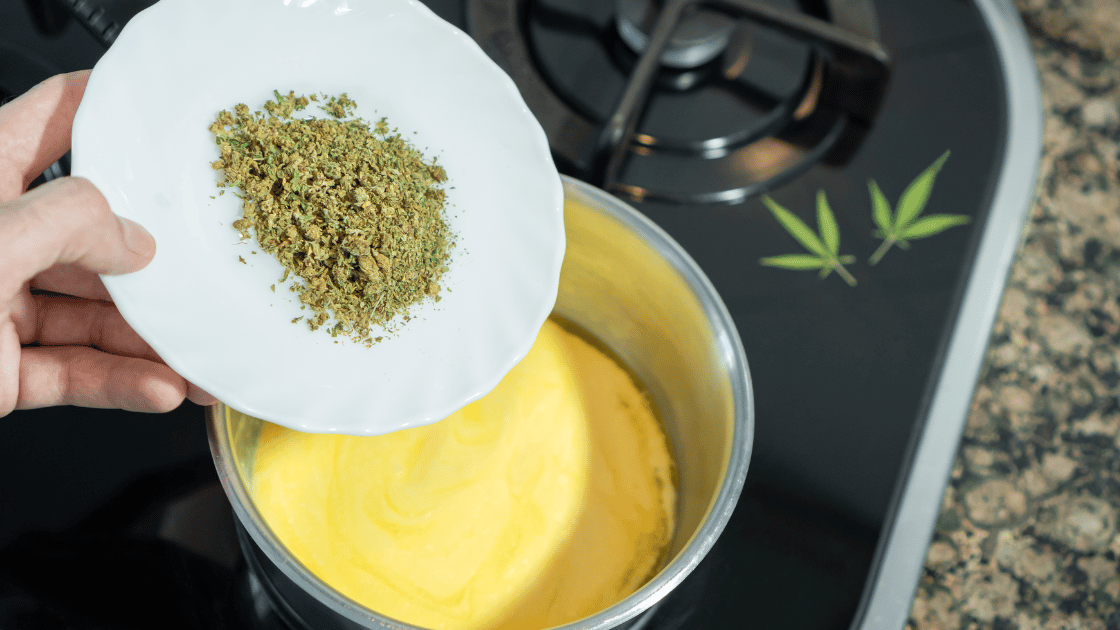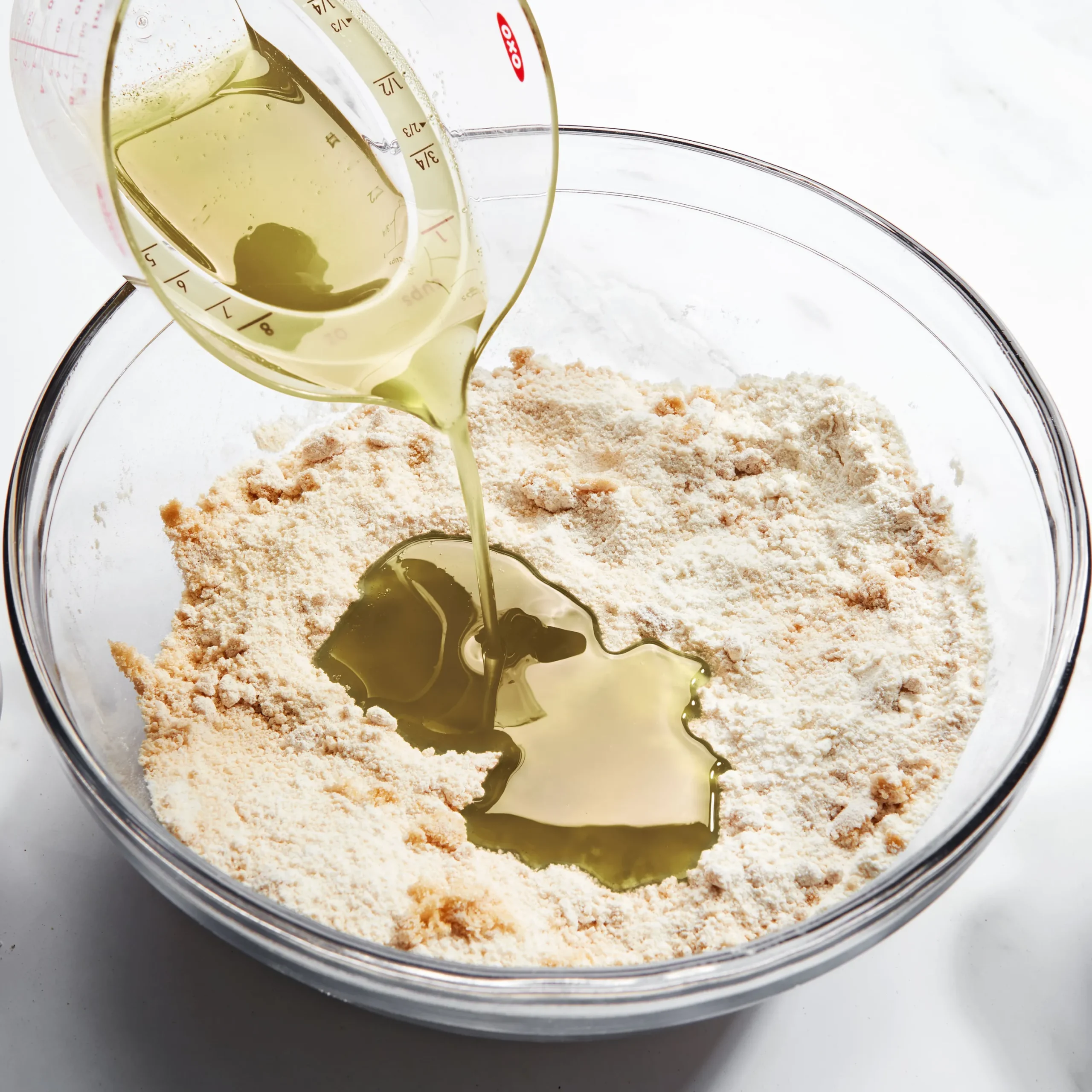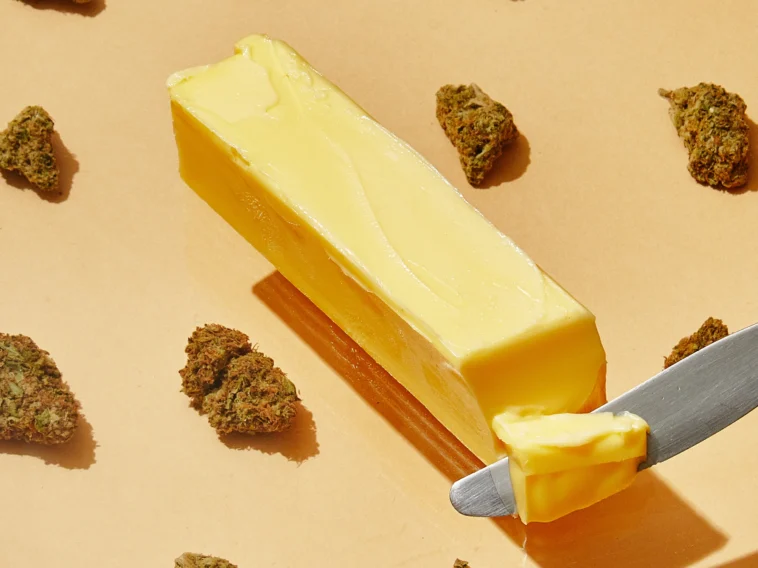In the world of cannabis-infused edibles, one ingredient reigns supreme: cannabutter. It’s the backbone of countless recipes, from classic brownies to gourmet dishes, offering a convenient and versatile way to incorporate the therapeutic properties of cannabis into your culinary creations. But what exactly is cannabutter, how is it made, and what makes it so potent? Let’s delve into the world of this magical ingredient to uncover everything you need to know.
What is Cannabutter?
Cannabutter, also known as cannabis-infused butter, is precisely what it sounds like: butter that has been infused with the cannabinoids found in cannabis, most notably THC (tetrahydrocannabinol) and CBD (cannabidiol). These cannabinoids are responsible for the psychoactive and therapeutic effects associated with cannabis consumption.
The Making of Cannabutter
Making cannabutter is a straightforward process that involves infusing butter with decarboxylated cannabis flower. Decarboxylation is a crucial step that involves heating the cannabis to activate its cannabinoids. Once the cannabis is decarboxylated, it is mixed with melted butter and simmered on low heat for an extended period. This allows the cannabinoids to bind with the fat molecules in the butter, resulting in a potent infusion.
The Importance of Decarboxylation

Decarboxylation is a critical step in the process of making cannabutter. Without it, the cannabinoids in the cannabis flower remain in their acidic forms (THCA and CBDA), which are not psychoactive. Decarboxylation converts these acidic cannabinoids into their active forms (THC and CBD), unlocking their full potential and ensuring that the cannabutter will have the desired effects when consumed.
Potency and Dosage
One of the most significant factors to consider when using cannabutter is potency. The potency of cannabutter depends on several factors, including the potency of the cannabis used, the ratio of cannabis to butter, and the duration and temperature of the infusion process. It’s essential to start with a small amount of cannabutter and gradually increase the dosage until you find the desired potency.
Versatility in Cooking
One of the main advantages of cannabutter is its versatility in cooking. It can be used as a substitute for regular butter in virtually any recipe, allowing you to infuse a wide range of dishes with the therapeutic properties of cannabis. From baked goods like cookies and cakes to savory dishes like pasta and sauces, the possibilities are endless when it comes to cooking with cannabutter.
Considerations and Best Practices
While cooking with cannabutter can be a rewarding experience, there are some essential considerations and best practices to keep in mind:
Dosage Control: Always be mindful of the potency of your cannabutter and the dosage of cannabis-infused edibles you consume. Start with a low dose and wait at least two hours before consuming more to gauge the effects.
Storage: Store cannabutter in an airtight container in the refrigerator or freezer to maintain its potency and freshness. Proper storage will also help prevent it from developing off-flavors or odors.
Labeling: Clearly label any products containing cannabutter to prevent accidental ingestion, especially if there are children or pets in the household.
Legal Considerations: Familiarize yourself with the laws and regulations regarding cannabis use and possession in your area, as they vary from one jurisdiction to another.
Cannabutter is a versatile and potent ingredient that has revolutionized the world of cannabis-infused edibles. From its straightforward production process to its wide range of culinary applications, cannabutter offers a convenient way to incorporate the therapeutic properties of cannabis into your favorite recipes. By understanding the fundamentals of cannabutter and following best practices for its use, you can enjoy the benefits of cannabis-infused edibles safely and responsibly.
As the popularity of cannabis-infused edibles continues to soar, understanding the nuances of cannabutter becomes increasingly important. While its production process may seem straightforward, achieving the perfect balance of potency and flavor requires attention to detail and a bit of experimentation.
Experimentation and Personalization

One of the most exciting aspects of working with cannabutter is the opportunity for experimentation and personalization. With a basic understanding of decarboxylation and infusion techniques, enthusiasts can tailor their cannabutter to suit their preferences, adjusting factors such as the ratio of cannabis to butter, infusion time, and temperature to achieve the desired potency and flavor profile.
For those new to cannabis-infused cooking, starting with a small batch of cannabutter and gradually increasing the dosage allows for a gradual exploration of its effects and flavors. Keeping detailed notes on each batch can help track preferences and refine the process over time, leading to consistently delicious results.
Creative Culinary Applications
Once you’ve mastered the art of making cannabutter, the culinary possibilities are virtually endless. Beyond classic recipes like brownies and cookies, cannabutter can be used to infuse a wide range of dishes with the therapeutic properties of cannabis. From savory sauces and spreads to decadent desserts and beverages, there’s no limit to the creativity that cannabutter can inspire in the kitchen.
For those looking to explore the savory side of cannabis-infused cooking, cannabutter can be used to create rich and flavorful dishes like pasta sauces, soups, and even infused oils for salad dressings and marinades. The subtle herbal notes of cannabis complement a variety of ingredients, adding depth and complexity to both sweet and savory recipes alike.
In addition to its culinary applications, cannabutter can also be used to create infused beverages, from soothing teas and coffees to indulgent hot chocolates and cocktails. Experimenting with different flavor combinations and infusion techniques can yield delightful results, making cannabis-infused beverages a favorite among enthusiasts looking for a new way to enjoy their favorite herb.
Safety and Responsibility
While cooking with cannabutter can be a fun and rewarding experience, it’s essential to approach it with caution and responsibility, especially when it comes to dosage control and labeling. Consuming too much cannabis-infused edibles can lead to unpleasant side effects, so it’s crucial to start with a low dose and wait at least two hours before consuming more to gauge the effects.
Proper labeling is also essential to prevent accidental ingestion, particularly in households with children or pets. Clearly marking any products containing cannabutter with dosage information and warnings can help ensure that they are consumed safely and responsibly.

Legal Considerations and Compliance
Finally, it’s essential to familiarize yourself with the laws and regulations regarding cannabis use and possession in your area. While cannabis laws continue to evolve, there are still restrictions and limitations in place in many jurisdictions, particularly when it comes to the production and distribution of cannabis-infused edibles. Ensuring compliance with local laws and regulations is crucial to avoid legal issues and ensure the safety of yourself and others.
In conclusion, cannabutter is a magical ingredient that offers endless possibilities for creative culinary exploration. By understanding the fundamentals of its production process, experimenting with different infusion techniques, and following best practices for safety and responsibility, enthusiasts can enjoy the benefits of cannabis-infused cooking with confidence and peace of mind. So, roll up your sleeves, fire up the stove, and let the magic of cannabutter transform your culinary creations into something truly extraordinary.




